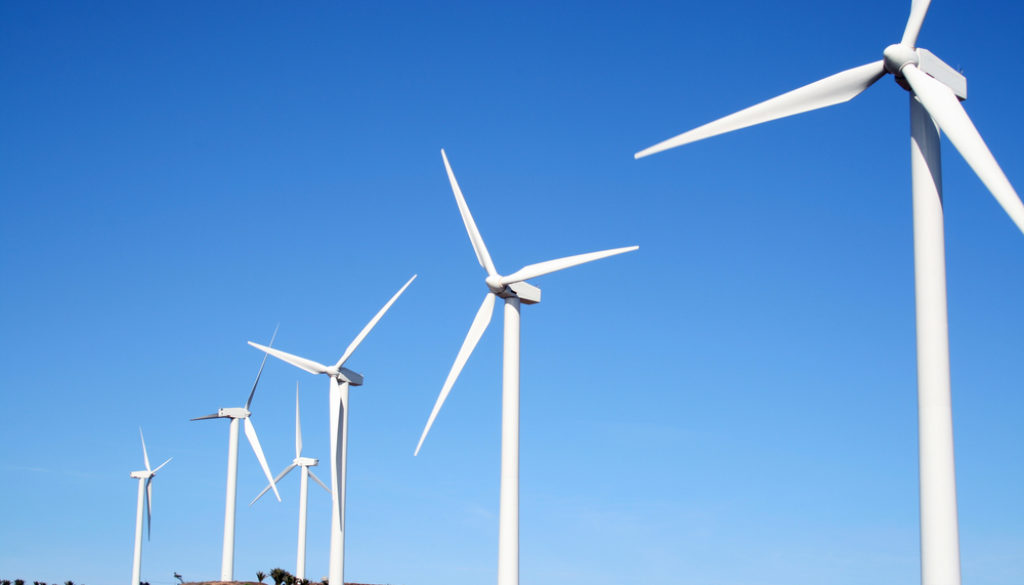DOE’s Process Rule: Wonky Changes Could Have Big Impact
By Lauren Urbanek, Natural Resources Defense Council
NRDC submitted comments this week in response to the Department of Energy’s proposed changes to its Process Rule for setting energy efficiency standards, citing several grave concerns over their divisive nature and the peril in which they would place timely, cost-effective future standards. The changes DOE proposes to the process for setting standards would likely result in a significant slow-down to creating new and updating existing standards, which means fewer bill savings and energy savings for consumers and businesses. At a time when it’s critical to cut power plant pollution to ward off the worst impacts of climate change, this is a step in exactly the wrong direction.
The Process Rule is a non-binding regulation that outlines the protocols that the DOE follows when updating energy-saving standards for appliances and equipment, which have been an unequivocal success: Existing efficiency standards will save consumers $2 trillion on their utility bills and reduce carbon dioxide emissions by 7 billion metric tons by 2030. (Meanwhile, in a separate proceeding, DOE is attempting to roll back energy efficiency standards for lighting.)
The existing process DOE uses to set standards strikes a good balance between offering manufacturers the predictability to plan for future standards while allowing DOE to respond to unforeseeable issues that might arise. But the DOE’s proposed changes will actually hamper the process to setting standards, needlessly reducing benefits to consumers and the environment. Here’s how:
DOE proposes adding lengthy, cumbersome steps
By our count, DOE’s proposal would require at least 19 distinct steps, including eight public comment periods, to set or update a standard. DOE has not described any benefit to these additional steps, and we are concerned that they will increase confusion and decrease transparency. Additionally, the new steps would make it even more difficult for DOE to meet its statutorily mandated deadlines for new standards, of which it has already missed 17.
Elongating the process to set standards means that more deadlines will be missed, threatening significant potential energy and financial savings for U.S. consumers and businesses.
An arbitrary energy savings threshold runs contrary to NRDC v. Herrington
Under the Energy Policy and Conservation Act (EPCA), any standard put forth by DOE must result in a “significant conservation of energy.” Though Congress does not have a specific definition of “significant,” the issue was decided in the court case NRDC v. Herrington in the 1980s. Since then, DOE has appropriately exercised its discretion to determine what constitutes “significant” energy savings.
Now, DOE is proposing to set an arbitrary threshold that standards must meet to qualify as significant (and worthy of a new or updated standard): either 0.5 quads, or a 10 percent improvement in efficiency.
As we noted in our comments, not only does this proposal conflict with the outcome of NRDC v. Herrington, it also undermines the savings accrued by standards that don’t meet the proposed threshold. Had this limit been in place all along, consumers and businesses would have missed out on more than 4 quadrillion Btus (quads) of energy savings. For perspective, the entire U.S. economy uses 100 quads of energy each year.
Test procedure changes would give greater power to industries
A vital part of an efficiency standard is establishing how appliances, equipment, and electronics will be tested to ensure they meet the energy levels specified in that standard. The DOE is now proposing to adopt industry-developed test procedures “without modification,” with few exceptions. However, DOE has not identified where under EPCA it is authorized to make these test procedure changes. Even if it did have such authority, this change would result in DOE taking away one of its most important powers and putting it in the hands of the industry it is tasked to regulate.
While there is nothing wrong with using industry test procedures as a starting point, DOE must maintain the final say in order to maintain the integrity of the standards program.
Changes to how DOE measures economic justification is prohibited by EPCA
DOE is proposing to alter its approach to ensuring potential standard levels are economically justified (meaning they will save energy in a way that benefits consumers without being overly burdensome for manufacturers or others). DOE has been using a method that is consistent with statutory requirements, that has been working well for years. Now, however, DOE is proposing to base standards levels on the concept of an “economically rational consumer.” This is highly problematic.
First and foremost, DOE’s proposal to change how it determines economic justification is flatly prohibited by law. Secondly, DOE gives no information about how it defines an “economically rational consumer,” making it impossible to provide feedback on the critical methodology. The concept of an economically rational consumer is hotly debated among academics. It’s not a proven concept, by any means, and is inappropriate as the basis of a regulatory program.
NRDC also signed onto comments with the Appliance Standards Awareness Project and other energy efficiency groups, stressing to DOE that any proposed changes to the process used to set standards should improve the program, not handicap it. DOE stopped taking public comments on Monday (May 6) but has not revealed when it will decide whether to make its proposed changes final. We urge DOE to focus on programs and initiatives that will save energy and be good for consumers. These unnecessary changes won’t do either of those things.

